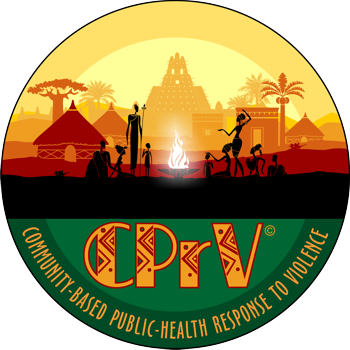




WHAT IS
CPrV©?
Community-based Public health response to Violence (CPrV©) is a comprehensive violence prevention strategy that emphasizes community leadership in partnership with social service and government agencies.
It is based on the 2011-2016 CDC STRYVE youth violence prevention initiative as implemented in Portland, Oregon's Multnomah County Health Department. CPrV© is designed to strategically allow community knowledge and experience to guide its development and implementation, while also leveraging authentic government and multi-disciplinary support.
CPrV© & CHW-VPPs
IMPLEMENTATION
SITES
Cape Fear Region, North Carolina
CPrV© was first demonstrated in the Cape Fear region of North Carolina through Sokoto House.
Buncombe County, North Carolina
After a financial community investment in violence prevention by their county government, Buncombe County has officially implemented a version of CPrV© in their region.
Buncombe now has their first cohort of CHWs who have completed their initial training!
CONTACT
US
Email us using the address below, or use our contact form.

